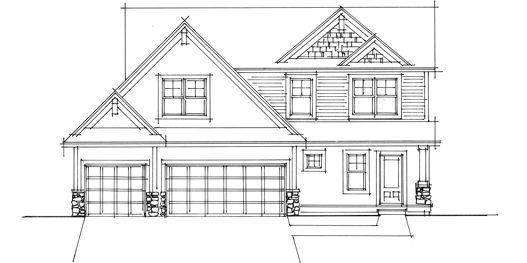Anthropometrics
 |
| Vitruvian Man |
Have you ever thought about how things are made to fit the vast majority of the population? It isn’t just coincidence. It is anthropometry—the scientific study of the measurements and proportions of the human body.
The study of anthropometry has been traced back to as far as 1490 when Leonardo Da Vinci drew the Vitruvian Man. However, anthropometry wasn’t widely studied until the 19th century. Studies traditionally compare the physical variation, such as weight, height, waist to hip ratio, and body composition between individuals. The vast amount of data is then used in various fields like design, engineering, architecture and healthcare. “Anthropometrics has been used to design everything from fighter jet cockpits to running shoes.” Anthropometrics is used in just about everything, from how car interiors are designed to video game controllers and shelving in a grocery store.
 |
| Small door with-in a large one |
Even through decades and decades of research conducted on hundreds of thousands of people, and even being updated regularly to keep up with the changing populations, there are always going to be outliers. These “outliers” are the people that fall out of the range of the “normal” or most common measurements taken. Here in the United States I am not an outlier, however, when I lived in Peru it was very clear that the older places were designed for their demographic. A lot of Peruvians are of Incan decent or are a mix of Spanish/Asian. The average height of a Peruvian man is 5’ and the women 4’ 8”. As a shorter person myself I will admit it was nice feeling freakishly huge for a while, that is until I had to crouch through any doorway or stand in any traditional building with the ceiling only a few inches from my head.
When designing, it is important for the designer to be thinking about the end user all along the way. If you are designing for one client in mind, have them fill out a sheet listing their measurements and proportions. This way you can design something (living space, furniture etc.) that directly relates to that client’s anthropometric data. That space will fit the client and make it feel much more personal. By designing something at a much larger scale, you can use data from previously conducted studies to make that space fit the majority of the end users.
Batchelder, Tim. (2004). Medical anthropology: Anthropometrics testing and design of human-compatible technologies. Townsend Letter for Doctors and Patients, (246), 152.

It's so cool that you have a global perspective. Using a real life example really helps you explain your point and why anthropometrics are so important. I like that you gave insight into the architecture of Peru and how as an American you noticed it right away. I think that as designers it's important we consider the needs of others especially those from other countries.
ReplyDelete